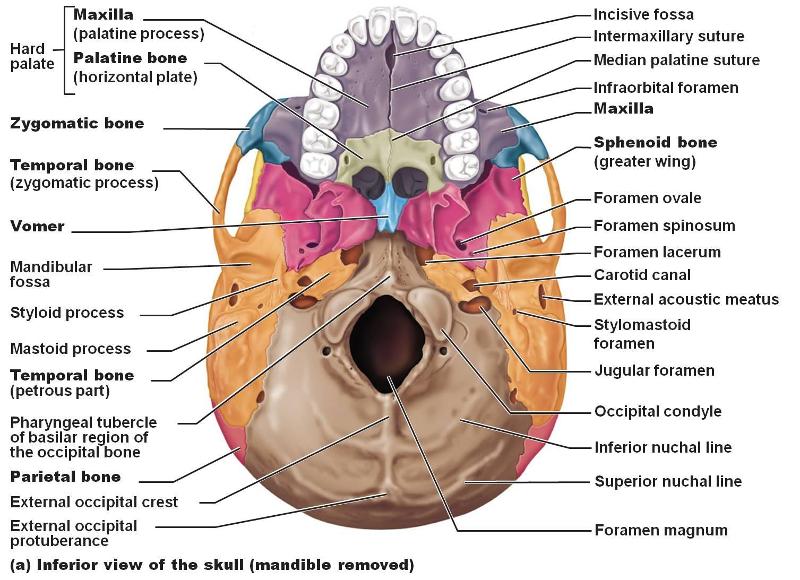

The most common patterns of midfacial fractures are summarized in the table below. Less than 10 % of all facial fractures occur in children, perhaps because of the increased resiliency of a child’s facial skeleton. The remainder of facial fractures are produced by falls, sports, industrial accidents and gunshot wounds. The face seems to be a favorite target in fights or assaults, which are the next most common mechanism. About 70 % of auto accidents produce some type of facial injury, although most are limited to soft tissue. The most common mechanism producing facial fractures is auto accidents.

It can initially be a bit daunting to think about ruling out fractures of the complex collection of bones that make up the face. It tends to show all of the major facial structures at least as well and often better than other radiographic views of the face. Of these views, the most consistently helpful view in facial trauma is the Waters view. If a nasal fracture is suspected, then a lateral view of the nasal bone with special nasal technique may be done.
ZYGOMATIC ARCH INFERIOR VIEW SERIES
Once these concepts have been grasped by the resident, one can then move on to the axial and coronal anatomy shown by CT.Ī basic facial series consists of three or four films: a Waters view (PA view with cephalad angulation), a Caldwell view (PA view), a lateral view, and occasionally a submentovertex view. However I find it easier to initially teach the anatomy and fracture patterns of the face with plain films. Therefore, the plain film facial series has taken a back seat to CT in the past few years, and is now used only in certain situations, such as when the facial trauma is very focal (nasal fracture), or when CT is unavailable. The complex anatomy and fractures of the facial bones are shown extremely well by CT, and soft tissue complications can be evaluated to a far greater degree with CT. Once these problems have been managed, it is time to work up facial fractures.Īt our institution, high resolution CT is currently the imaging procedure of choice for most facial fractures. Analysis of the fractured face requires a knowledge of not only normal anatomy, but also of common fracture patterns in the face.Īlthough they represent serious injuries, the workup and treatment of facial fractures is often properly delayed until more pressing problems have been addressed, such as the establishment of an adequate airway, hemodynamic stabilization, and the evaluation and treatment of other more serious injuries of the head, chest and skeleton. The bones of the skull and face collectively make up the most complex area of skeletal real estate in the body.


 0 kommentar(er)
0 kommentar(er)
